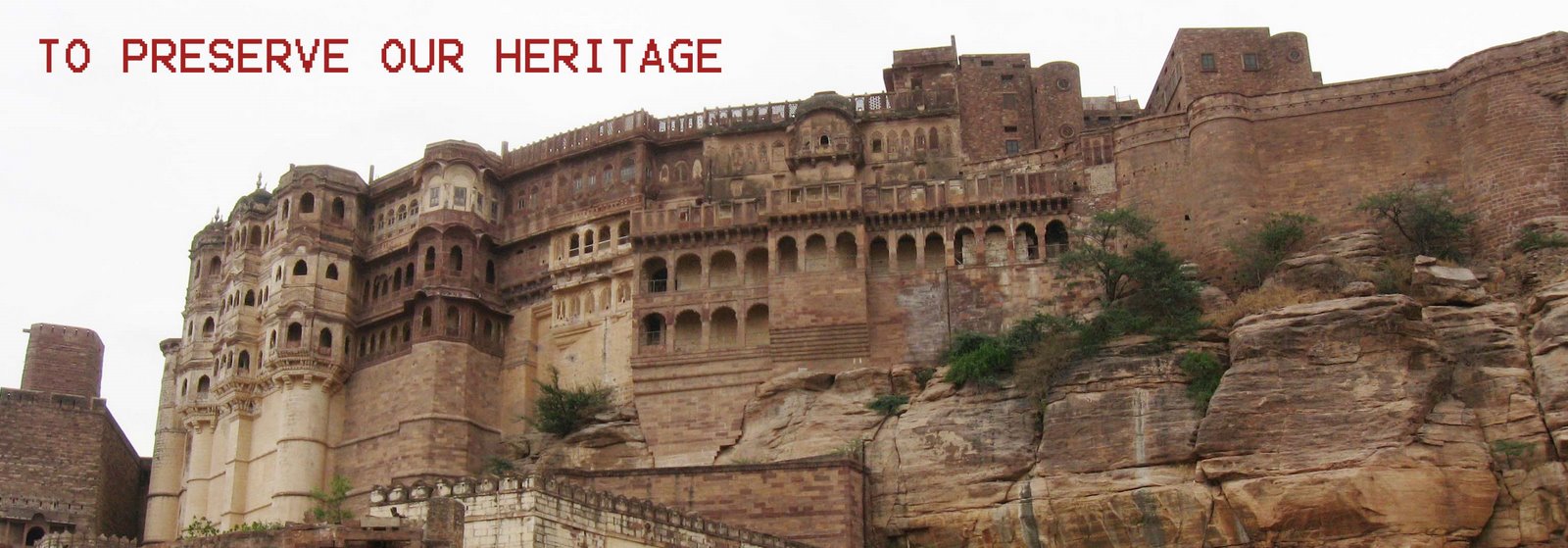Recently, an artist approached to my colleague for the conservation of his painting. Though, he gets to know about my colleague through a framer who was providing the service for both. Next day this art conservator visited to artist place and saw the actual condition of the painting. During the examination she has noticed fungus on the painting and suggested fumigation to get rid of spores. Further, conservator added that for this practice she will take minimum two weeks for the fumigation. As we know that fumigation is a difficult job and we cannot leave the object in fumigation chamber for a longer duration. It needs extra precaution and checking of the object regularly. Any way it was the fact for the fumigation. Let’s switch to artist . After listening all those things, the artist asked to framer, “Is she right?” Really, is the fumigation will take this much time?
How the painful situation it was! How a framer can decide the things for fumigation and other conservation practices? Here, I would not blame to artist and of course he was very true. Problem is somewhere else and it happened due to lack of awareness. Everybody denied his or her responsibility by saying that this field is new in India and took time for favorable condition. Officially, this field is 78 year old in India because 1st conservation lab has been established in 1930 in Madras. Seventy eight year is quite enough time and during this time period we must had something. Unfortunately, we couldn’t do anything for the field on which we can rely. So, do something for the field and discuss such type of issue to others also.
How the painful situation it was! How a framer can decide the things for fumigation and other conservation practices? Here, I would not blame to artist and of course he was very true. Problem is somewhere else and it happened due to lack of awareness. Everybody denied his or her responsibility by saying that this field is new in India and took time for favorable condition. Officially, this field is 78 year old in India because 1st conservation lab has been established in 1930 in Madras. Seventy eight year is quite enough time and during this time period we must had something. Unfortunately, we couldn’t do anything for the field on which we can rely. So, do something for the field and discuss such type of issue to others also.







